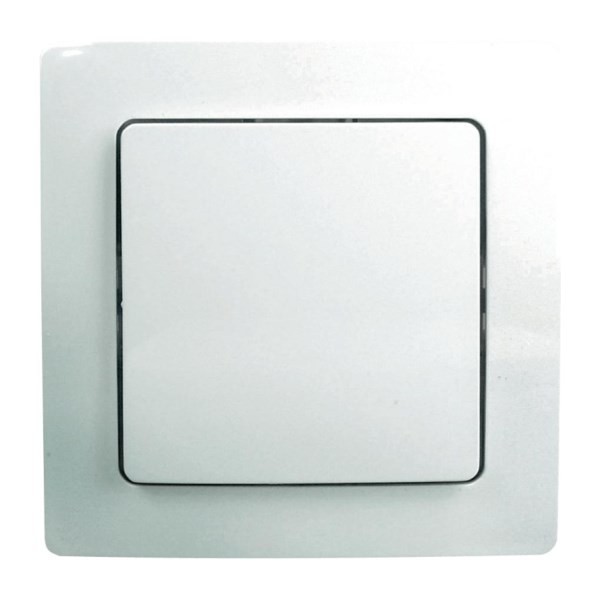(US and U.K.) Logitech has just released a new button, which basically acts as a one button remote. It’s quite large, about the size of a drinks coaster, and will retail for about $40. It comes with its own Bluetooth bridge which is a little wallwart that plugs into any outlet

At $39 each, this is an expensive option, but it will be very useful for some people. You do need to buy the $99 starter kit ( The bridge and two buttons) to get the Bluetooth bridge for your first purchase.
https://www.amazon.com/Logitech-Starter-One-Touch-Control-Devices/dp/B01JO8TIH4
And in the U.K.:
The flic button, which is very similar and already has harmony integration, is much smaller and also has its own IFTTT channel. It now regularly sells for 4 for $99 on the manufacturer site. But it requires a phone or tablet to be nearby.
Because the Logitech pop has its own Bluetooth bridge, you don’t have to worry about the phone being nearby. The large size also makes it much more suitable for use by young children, as it would definitely pass the choke tube test.
The battery is replaceable and is supposed to last about two years. Like the Flic button each Pop button can have a single press, double press, or long hold.
It has official integrations with IFTTT, the harmony hub, SmartThings, the Phillips hue bridge, WeMo, and a few other systems. Set up for these is easy, but obscure. There are instructions on the Logitech site, but none in the box. Basically, you just Open the pop app, choose the menu, choose devices, and tap the plus sign and then you will get a list of available integrations.
http://support.logitech.com/en_us/product/pop-home-switch
The SmartThings integration works just like echo or IFTTT – – you can select specific devices that you want to authorize to be available to the pop app. Then when you set the controls for an individual pop button, you can select from those devices. You can also combine SmartThings devices with other devices from other systems that you have authorized to pop. You can even have a single button press trigger both an IFTTT recipe and turn on some devices. That’s a very nice feature. Again, the instructions are obscure but the process is actually pretty easy.
http://support.logitech.com/en_us/article/Working-with-SmartThings?product=a0q31000009vuqLAAQ
SmartThings doesn’t know that the pop button exists, but when you use a pop button to turn on a SmartThings-controlled device, the SmartThings mobile app does update that device status at the same time that it is sending the command.
The press required for the single press is quite light. My service dog was able to learn it in three or four tries, much faster than the Flic which took several days of training. When we put it on the wall I was also able to work it easily with my knee.
It’s clearly a cloud to cloud integration for most things, and there is a noticeable lag for the SmartThings controlled devices versus the Phillips hue bridge controlled devices. At my house that lag was 2 to 3 seconds. But it was less than the lag I typically get for IFTTT. It may vary differently at someone else’s house.
The biggest advantage it has relative to the Flic is that it has its own connection through its bridge to your Wi-Fi so you don’t need to have a phone nearby. The size will just depend on the use case. For some use cases people will want the larger button, for some they will want the smaller. The tactile feel for both is very similar, solid rubbery button with a soft click.
This picture shows the SmartThings motion sensor, the Logitech pop button, and the flic button.

@Tyler
![]()














